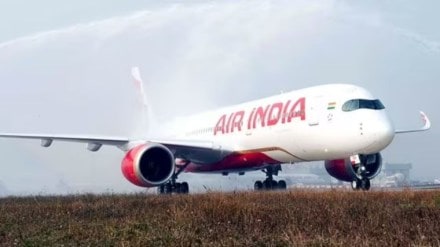Two years after the Tata Group’s $2.4 billion acquisition of Air India, the airline’s transformation into a “world-class carrier” faces challenges, including an ageing fleet, parts shortages, and flight delays. These issues have delayed efforts to modernise the former state-owned carrier, which lags behind competitors like Emirates and Qatar Airways.
Air India CEO Campbell Wilson acknowledged that the global parts shortage is hitting Air India harder than most airlines. “Our product is obviously a lot more dated. These aircraft haven’t had a product refresh since they were delivered in sort of 2010, 2011. And so it’s more of an acute need for us,” Reuters quoted CEO Wilson as saying in an interview in Sydney. Wilson highlighted the challenges in premium seating, which is key to attracting high-paying passengers.
Restructuring of Air India
The carrier’s restructuring, following decades of decline under state ownership, is under close scrutiny by manufacturers, lessors, and investors, including Singapore Airlines. Set to acquire a 25% stake in the Indian carrier by November, Singapore Airlines has committed up to $600 million to support the airline’s turnaround.
“Air India … has a long way to go before being closer to international standards for which it needs to complete the process of re-kitting with new and retrofitted aircraft,” Singapore-based independent aviation analyst Brendan Sobie said.
Air India’s $400 million refit, new orders
The airline has launched a $400 million initiative to refit its older aircraft as part of a broader five-year turnaround plan. Air India has already placed substantial orders for 470 new aircraft, including 70 widebody jets, and is working on upgrading 67 planes by mid-2025, starting with narrowbody models.
Despite setbacks, including delays in receiving custom seats for its widebody planes, the airline has managed to increase capacity by 21% over the past year, reduce losses by 60%, and grow revenues by 24.5%. Air India also secured approval to merge with its low-cost carriers, Air India Express and AirAsia India, and will absorb Vistara by November 12.
Flight delays remain a major hurdle, with only 18% of flights to Europe and 48% to North America arriving on time in August. However, Wilson noted that Air India’s new maintenance facility, set to be operational by 2026, should help improve punctuality.
“Two years in, I think we’re in a good place,” Wilson said, as Air India works to rebuild its reputation after decades of decline under state ownership.
